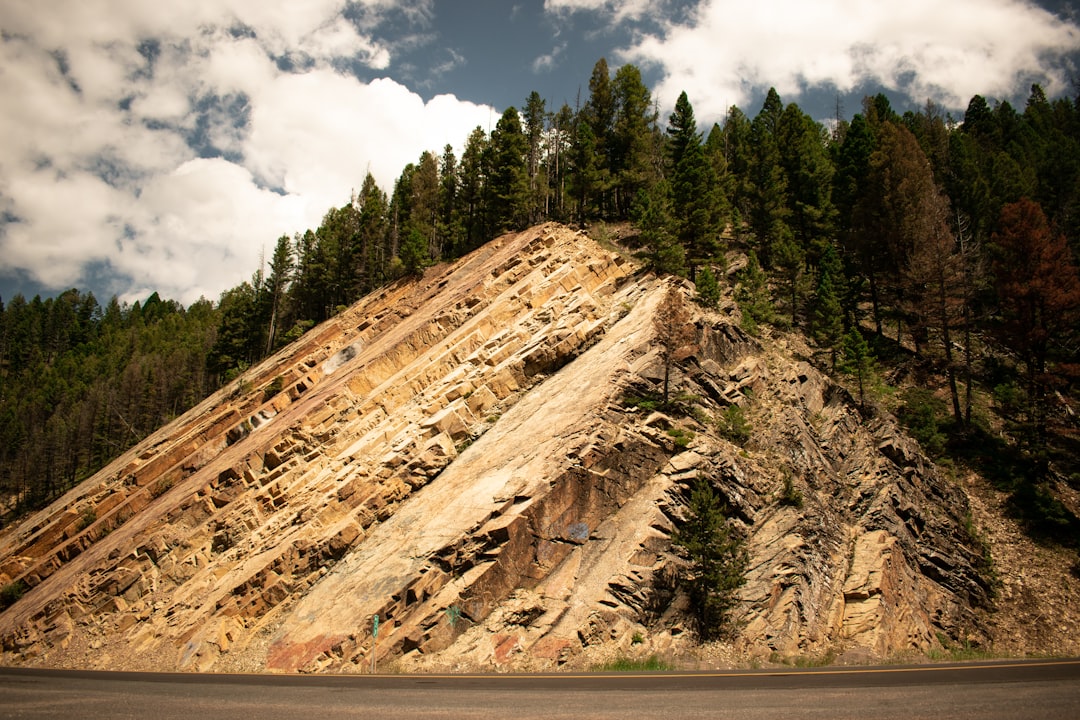What is it about?
Bioenergy is usually seen as competing with food. This paper explains how using a barely exploited class of dry-land plants we could get energy without reducing food production. We could use these plants to increase farmer incomes and security, produce very substantial amounts of electricity, and even increase food production. It posits a complete re-invention of the economics and practice of dry-land agriculture.
Featured Image
Why is it important?
Climate change poses an massive threat to society as we know it. Nuclear power may be a partial solution, but not everywhere. It also needs to operate as baseload to be remotely economic. Wind and solar are increasingly important potential resources, but intermittent and difficult to implement at small, household, scales. What society needs is a major new renewable power resource that can be turned on when the lights are turned on, and off when they are off. Biogas could provide that but there has never been an understanding of where the resource could come from without competing with food. This paper describes for the first time where that resource could be found - and estimates its global scale.
Read the Original
This page is a summary of: The potential of CAM crops as a globally significant bioenergy resource: moving from ‘fuel or food’ to ‘fuel and more food’, Energy & Environmental Science, January 2015, Royal Society of Chemistry,
DOI: 10.1039/c5ee00242g.
You can read the full text:
Contributors
The following have contributed to this page










